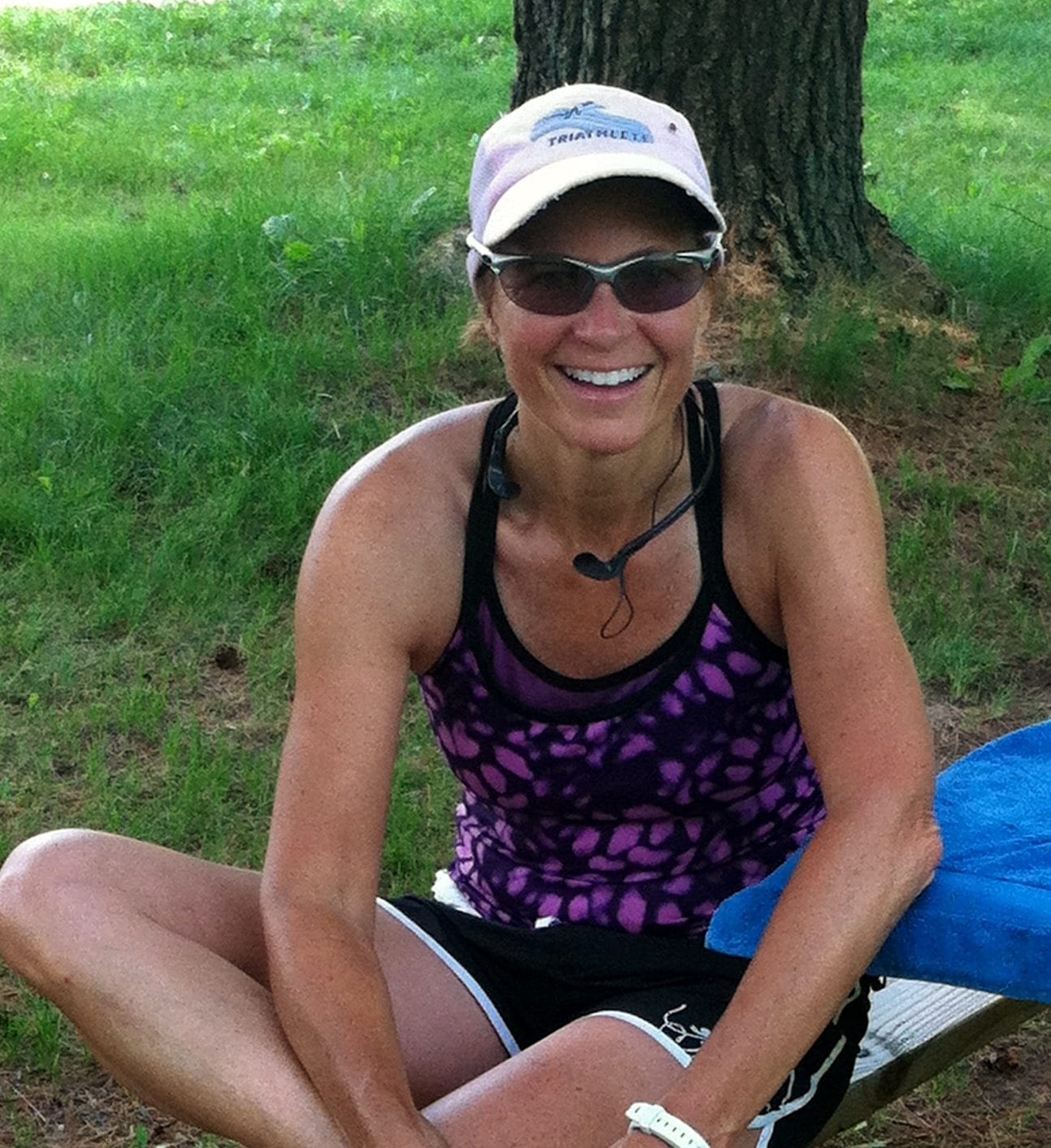 By now you have probably read The Seven Habits of Highly Effective People by Stephen Covey, or the 6 Habits of Super Successful People or The Habits of Happy People.
By now you have probably read The Seven Habits of Highly Effective People by Stephen Covey, or the 6 Habits of Super Successful People or The Habits of Happy People.
It seems odd to me that we have to read about how to be happy and how to be successful BUT then again, why not? Why not learn from those who have mastered the art of “Happy” and the nuances of success? The undeniable interest in happiness and success seems to be a driving force for many of us. AND it should be. Let’s face it – it feels good to be happy and one of the concepts all the experts agree upon is that when we are happy we are successful. They ALL say “do more of what makes you feel happy”.
Here’s a bit of watered-down science for you regarding the brain, emotions, and the body. Science has clearly shown that emotions are created first by a thought process in the brain which then emits a chemical reaction in the form of neuro-peptides. These peptides are then sent streaming through your body where they are received by a cell, cells everywhere such as in your gut, your liver, your heart, your muscles.
Each cell has many, many receptor sites around the outside of the cell. Each receptor site is specific to a peptide so, for example, if an “angry” peptide tries to get into a “happy” receptor site, it will not be allowed in. Now, here’s the cool part. Much like the economists view of supply and demand, the cell will create more receptor sites for peptides that have been knocking on the door. If there have been a lot of “angry” peptides floating around trying to get in, the cell will create more receptor sites for “angry” and there will be fewer available to receive “happy”. Now, that’s just not what we want if we want to live a life of success and happiness.
What we REALLY want is a cell full of receptor sites for “happy” peptides so that we are pre-disposed to feel more and more “happy” ( you know I am really simplifying this, right?).
Here’s the other thing. Go back to high school biology. How does a cell multiply? It replicates itself in its exact state through a process called mitosis. What does this mean to us? It means that if the cell has 90% of its receptor sites set up to receive the “happy” peptide, then the new cell it is creating will also have 90% of its receptor sites set up to receive the “happy” peptide making it REALLY easy to feel happy on a regular basis. BUT if it is set up with 90% of its receptor sites to receive “angry” peptides. Need I say more?
Ok, so what does this mean to you and your training and how can you use this to benefit your racing and training?
1. Do more of what makes you happy. Seriously. Choose to get happy. Determine what DOES make you happy and do more of that.
2. Let yourself feel the happiness. Sound silly? I know a lot of people who don’t let themselves feel happy. These are those who sabotage feel-good moments, such as laughing at a movie or enjoying the night out or get all angry at the end of a race. I know you’re out there. I have seen you.
3. Surround yourself with happy people. I have found this super easy when doing fun things like triathlons, duathlons, running events, etc.
4. Let go of grudges and competitive nuances. Sheesh, enough with the “I gotta beat him, because ……” This is a GREAT way to ruin a good day. Do your best. Use others as an inspiration to push your hardest but in the end, let it go. Take it one step further and congratulate that person who just kicked you’re a$$ and thank them for challenging you to go harder than you ever have.
5. Express gratitude for what you have. Be grateful that you have the time, money, health, transportation, etc. (even if it could be more or better than it is right now) that allows you to do what you do. I was recently in Vegas and was painfully aware of the homeless people living under the bridge in 102 degree temps. This sure put perspective on my training “problems”.
6. Avoid the “I have to” attitude such as “I HAVE to do a workout” (must be said in the whiniest voice you can imagine for full effect) frame of mind. Change the feeling of that by changing one little word – GET to. Just read this and feel the difference. “I GET to do a workout”. That is sooooooo different than “HAVE” to. One is a punishment, or worse yet a death sentence. The other is an honor. Choose the honor because truly – it is an honor to have the time, strength, energy and health to challenge yourself to a workout – hard or not.
7. Dream big but take it one small step at a time. When I signed up for my first IM (dreaming REALLY big for me) I had no idea how I would conquer the quest. I took it one small step at a time and built confidence along the way through smart training and progressive races. After every small victory my confidence grew and grew leading me to the belief that I could accomplish my BIG dream.
Whether you engage in these 7 habits because they feel good in the moment or you have consciously decided to make real change at the physiological level, it is important for you to note that YOU, and only you, are the one who has the ability to make this change and have a profound impact on your day to day experience.
In the words of Stephen Covey, “Happiness, like unhappiness is a proactive choice.”
Yours in Happy Training,
Jill

